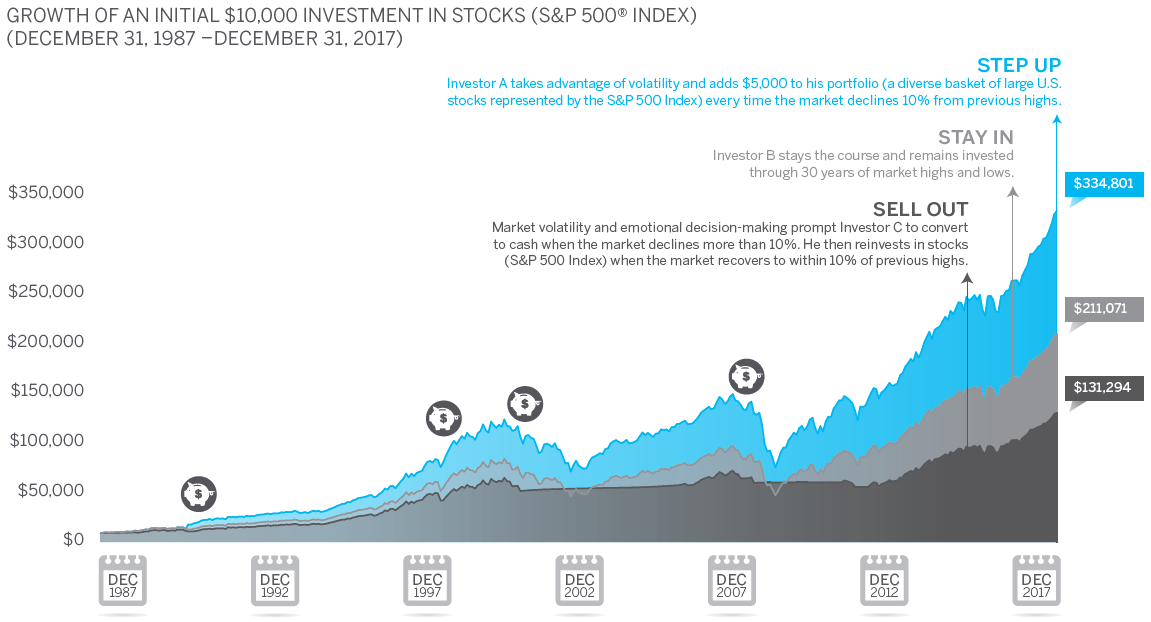An investor should consider the fund’s investment objectives, risks, charges and expenses carefully before investing or sending money. This and other important information about the fund can be found in the fund’s prospectus, or, if applicable, the summary prospectus. To obtain a copy, click here. Please read the prospectus carefully before investing.
All investing involves risk, including potential loss of principal.
The S&P 500® Index is an unmanaged market-capitalization-weighted index generally considered to be representative of U.S. equity market activity. The index consists of 500 stocks representing leading industries of the U.S. economy. Index results assume the reinvestment of dividends paid on the stocks constituting the index. Indexes are unmanaged and not available for direct investment and do not represent the performance of a single fund or any Victory Funds.
The Funds are distributed by Victory Capital Advisers, Inc. (“VCA”), member FINRA and SIPC. Victory Capital Management Inc., an affiliate of VCA, is the investment advisor to the Funds and receives a fee from the Funds for its services.
NOT A DEPOSIT • NOT FDIC OR NCUA INSURED • MAY LOSE VALUE • NO BANK OR CREDIT UNION GUARANTEE
©2018 Victory Capital Management Inc.




